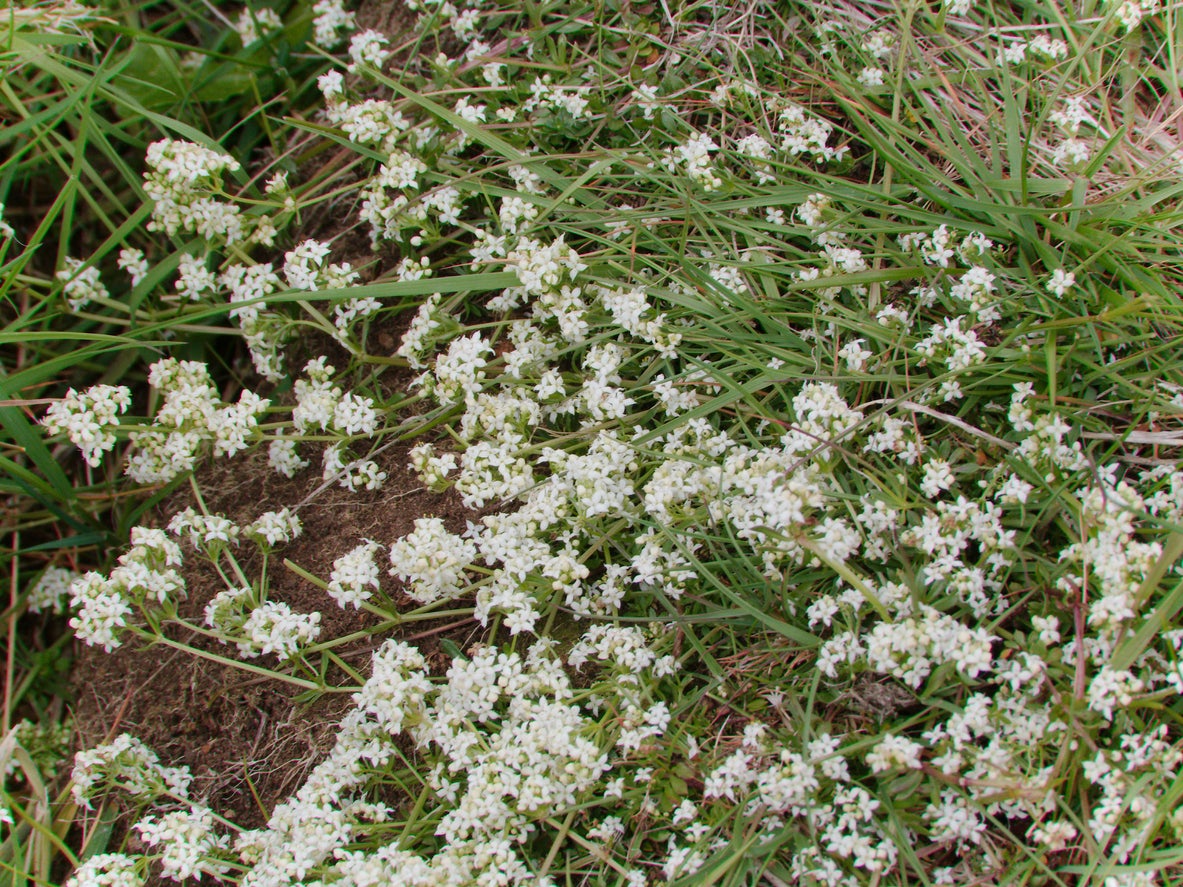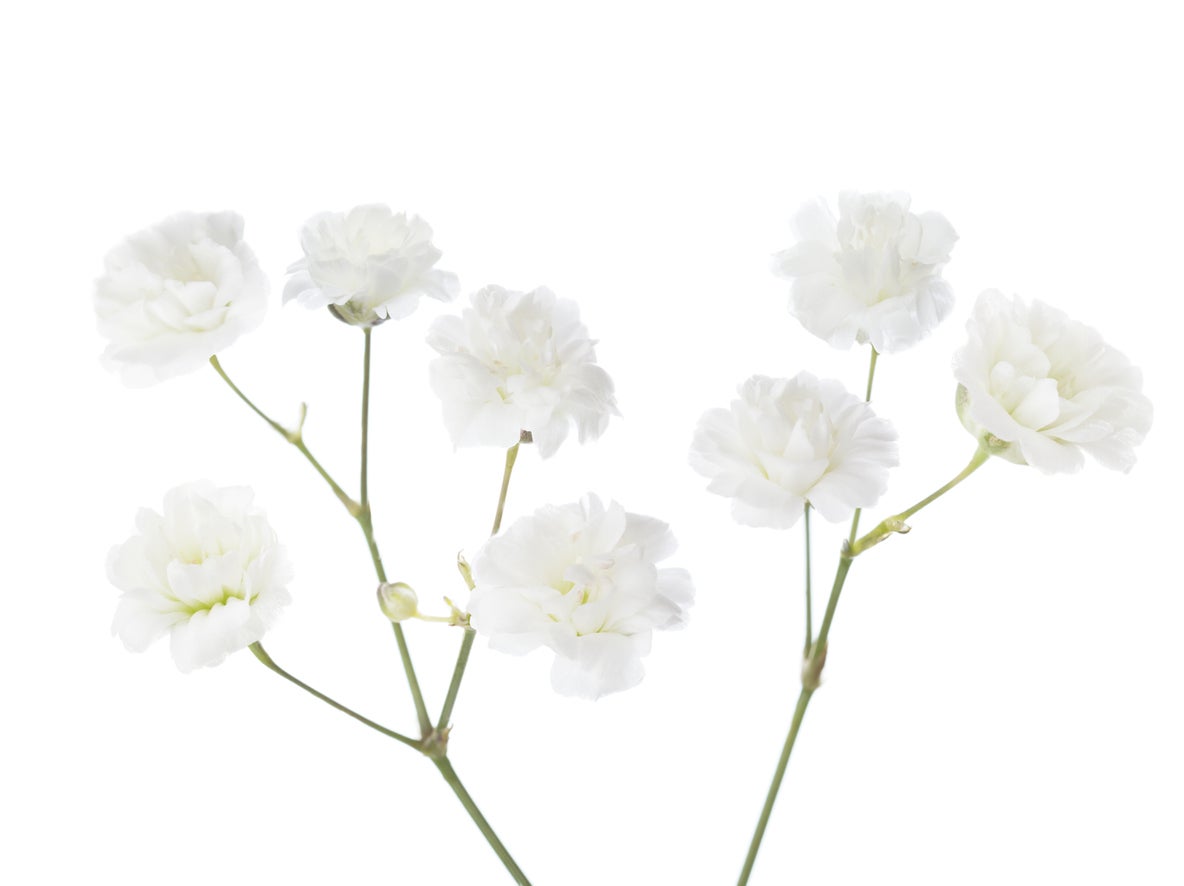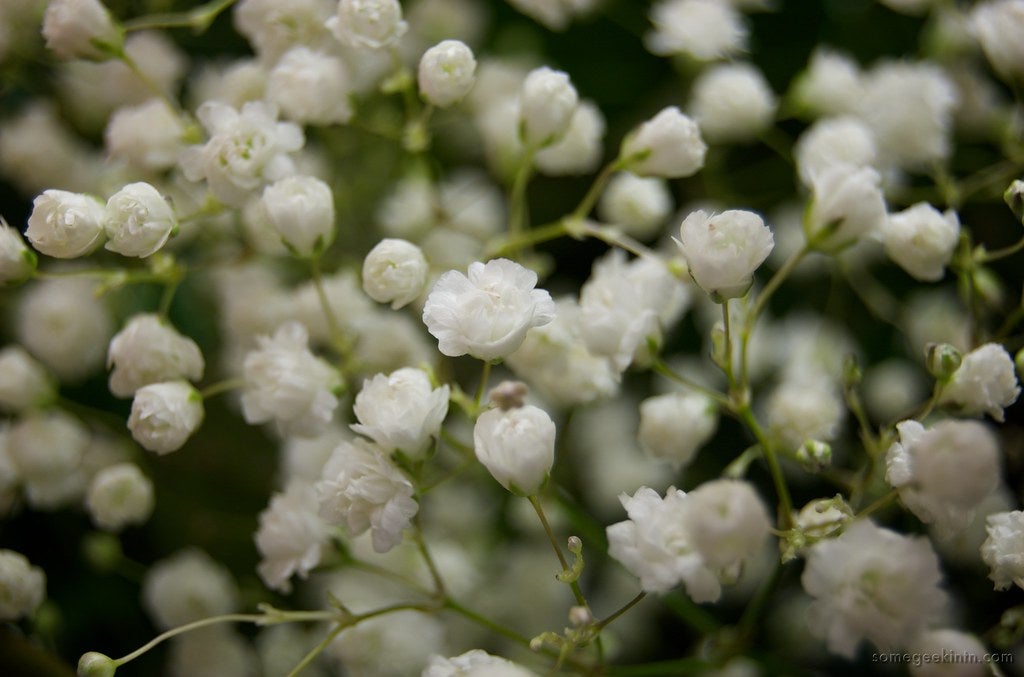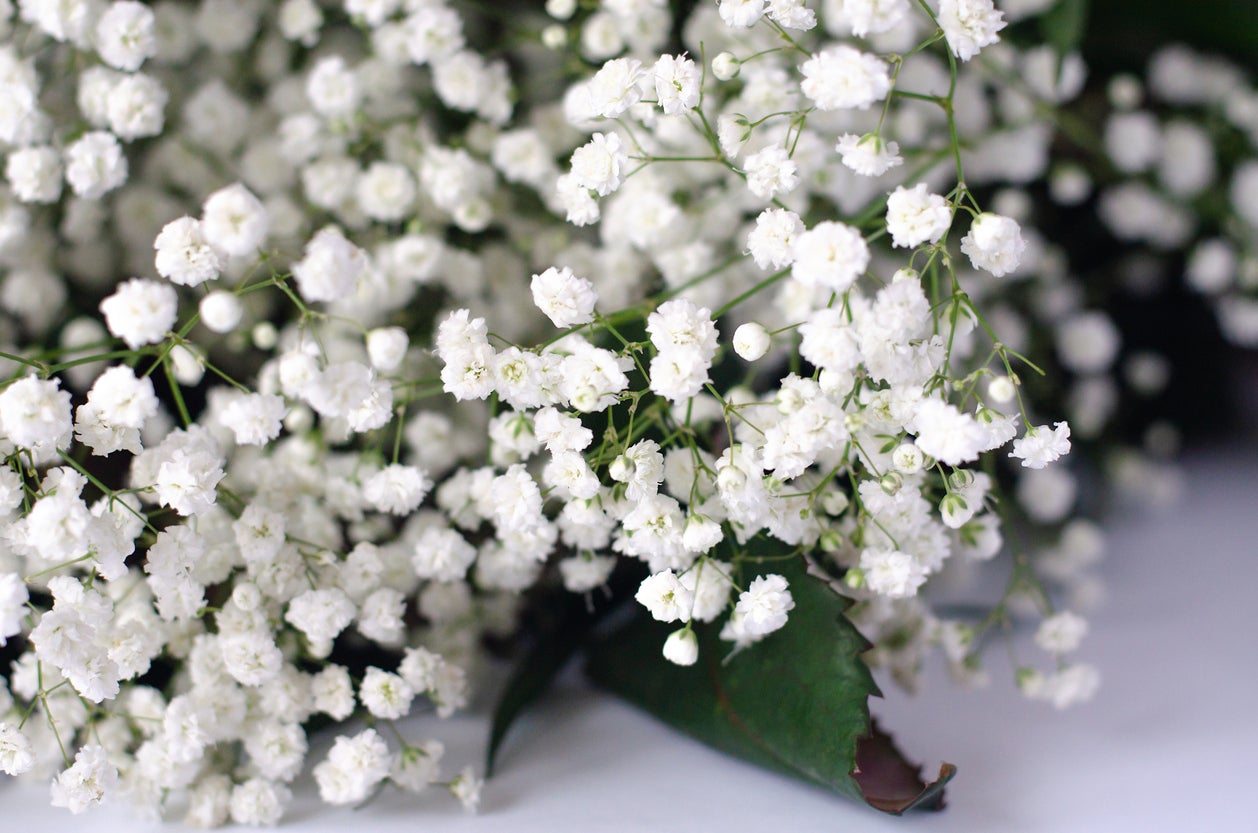Trimming Baby’s Breath – Learn How To Prune Baby’s Breath Plants


Gypsophila is a family of plants known commonly as baby’s breath. The abundance of delicate little flowers makes it a popular border or low hedge in the garden. You can grow baby’s breath as an annual or a perennial, depending on the variety chosen. Care is fairly easy, but a little Gypsophila pruning will help your plants grow healthier and bloom more.
Do I Need to Cut Back Baby’s Breath?
You don’t technically need to trim or prune your baby’s breath plants, but it is recommended for a few reasons. One is that, by deadheading, you will keep your plants looking neat and tidy. This can be done for both perennials and annuals.
Another good reason to cut back baby’s breath is to encourage another round of flowers. Heavier cut backs after the growing season will keep plants trimmed and neat and will encourage new growth later in perennial varieties.
How to Prune Baby’s Breath
The best time for trimming baby’s breath is after they bloom. Most of these plants bloom in the spring and summer. They will benefit from deadheading as the flowers fade, as well as a complete cut back to allow them to bloom again.
Baby’s breath plants have terminal flower sprays and secondary sprays that grow to the sides. The terminal flowers will die first. Start deadheading those when about half of those blooms have faded. Prune the terminal sprays at the point just above where secondary sprays emerge. Next, when they’re ready, you’ll do the same for the secondary sprays.
You should see a new flush of flowers in summer or even in early fall if you do this pruning. Once the second blooming is finished, you can cut the plants way back. Trim all the stems down to about an inch (2.5 cm.) above the ground. If your variety is perennial, you should see healthy new growth in the spring.
Gardening tips, videos, info and more delivered right to your inbox!
Sign up for the Gardening Know How newsletter today and receive a free copy of our e-book "How to Grow Delicious Tomatoes".

Mary Ellen Ellis has been gardening for over 20 years. With degrees in Chemistry and Biology, Mary Ellen's specialties are flowers, native plants, and herbs.
-
 Looking For Plants To Give You The Soft And Fuzzies? Try These 5 Fuzzy Leaf Plant Options
Looking For Plants To Give You The Soft And Fuzzies? Try These 5 Fuzzy Leaf Plant OptionsLovers of texture, drama, silver foliage and tactile plants will adore these special sensory garden additions. These fuzzy leaf plant options will leave you all aglow
By Susan Albert
-
 Get Ready For A Summer Of Hummers! Grow These Full Sun Hummingbird Plants and Flowers
Get Ready For A Summer Of Hummers! Grow These Full Sun Hummingbird Plants and FlowersIf you’re lucky enough to enjoy a sunny backyard, make sure you are maxing out on your pollinator opportunities and grow these full sun hummingbird plants and flowers
By Tonya Barnett
-
 Is Baby’s Breath Bad For Cats: Information About Gypsophila Poisoning In Cats
Is Baby’s Breath Bad For Cats: Information About Gypsophila Poisoning In CatsIf you are the lucky recipient of a bouquet and have a cat, your feline friend may harbor a particular fascination with the baby’s breath. After all, plants are fun for cats, which beckons the question: is baby’s breath bad for cats? Click this article to learn more.
By Amy Grant
-
 Growing Baby’s Breath From Cuttings: How To Root Gypsophila Cuttings
Growing Baby’s Breath From Cuttings: How To Root Gypsophila CuttingsBaby’s breath is the star of the cutting garden, providing delicate little blooms that dress up floral arrangements, (and your garden). If you have access to a mature baby’s breath plant, growing cuttings from baby’s breath is easy. Learn more in this article.
By Mary H. Dyer
-
 Sowing Baby’s Breath Seeds: Learn How To Plant Gypsophila Seeds
Sowing Baby’s Breath Seeds: Learn How To Plant Gypsophila SeedsGrowing baby's breath from seed will result in clouds of the delicate blooms within a year. This perennial plant is easy to grow and low maintenance. Click this article for more tips on how to plant Gypsophila, or baby's breath, from seed.
By Bonnie L. Grant
-
 Baby’s Breath Winter Care: Information About Winterizing Baby’s Breath Plants
Baby’s Breath Winter Care: Information About Winterizing Baby’s Breath PlantsBaby’s breath is a staple of cut flower bouquets. You can grow these flowers in your garden with an annual or a perennial variety. Depending on the climate, you may need to take some extra steps to ensure survival over the winter. This article will help with that.
By Mary Ellen Ellis
-
 Baby’s Breath Issues – How To Deal With Common Gypsophila Problems
Baby’s Breath Issues – How To Deal With Common Gypsophila ProblemsBaby's breath is best known for adding a little magic to floral arrangements. If you are thinking of planting these flowers in your backyard, you will want to learn about common problems with baby’s breath plants. Click here for common Gypsophila problems.
By Teo Spengler
-
 Baby’s Breath Varieties: Learn About Different Types Of Gypsophila Plants
Baby’s Breath Varieties: Learn About Different Types Of Gypsophila PlantsBaby’s breath flowers provide an airy look to floral arrangements but can also be just as pretty used in a border or rock garden. It is one of several types of Gypsophila. Click here to learn about different baby’s breath varieties for the garden.
By Mary H. Dyer
-
 Baby’s Breath Skin Irritation: Is Baby’s Breath Irritating When Handled
Baby’s Breath Skin Irritation: Is Baby’s Breath Irritating When HandledBaby’s breath is commonly found naturalized throughout much of the northern United States and Canada and often identified as an invasive weed. Despite the innocuous look of these sweet soft blooms, baby’s breath harbors a little secret. Learn more in this article.
By Amy Grant
-
 Baby’s Breath Propagation: Learn About Propagating Baby’s Breath Plants
Baby’s Breath Propagation: Learn About Propagating Baby’s Breath PlantsBaby’s breath is a small, delicate bloom included as a finishing touch in many bouquets and flower arrangements. They look great in outside flower beds, too. Starting a new baby’s breath from existing plants is a great way to get more. Click here to learn how.
By Becca Badgett